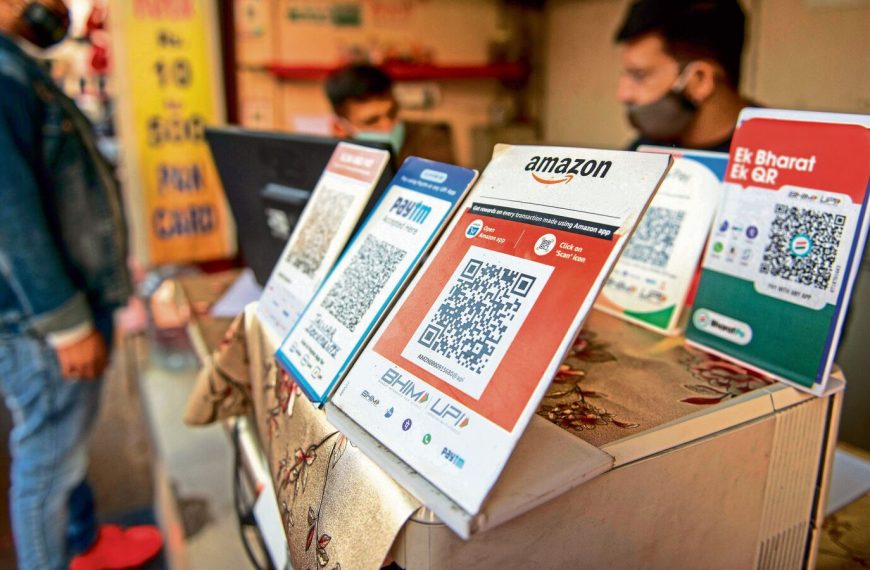The Indian government has recently put rumors to rest regarding the imposition of Goods and Services Tax (GST) on Unified Payments Interface (UPI) transactions exceeding ₹2,000. In a clear statement, the finance ministry dismissed reports suggesting such a levy as entirely false and misleading, reinforcing that there is no current proposal under consideration.
No GST on UPI Transactions
The finance ministry emphasized that there are no plans to introduce GST on UPI transactions. This clarification comes in light of speculations that have circulated, causing confusion among users and merchants alike. Currently, GST does apply to certain transaction fees, such as the Merchant Discount Rate (MDR), but this is not the case for UPI transactions.
- No MDR on P2M Transactions: Effective from January 2020, the Central Board of Direct Taxes (CBDT) eliminated MDR for person-to-merchant (P2M) UPI transactions.
- No GST Implications: Since there is no MDR charged on these transactions, it logically follows that no GST is applicable.
UPI Growth Statistics
UPI has experienced remarkable growth, with transaction values skyrocketing from ₹21.3 lakh crore in the fiscal year 2019-20 to an anticipated ₹260.56 lakh crore by March 2025. This surge demonstrates the increasing reliance on digital payment solutions in India, indicating a shift towards a cashless economy.
Government’s Commitment to Digital Payments
The Indian government remains steadfast in its mission to enhance digital payment systems through UPI. To support this initiative, an incentive scheme has been in place since FY2021-22, aimed at promoting low-value UPI transactions. This program is particularly beneficial for small merchants, as it helps to reduce transaction costs and encourages broader participation in digital finance.
- Incentive Growth: In the fiscal year 2023-24, the government disbursed ₹3,631 crore under this scheme, a significant increase from ₹2,210 crore in the previous year.
- Long-Term Commitment: These incentive payouts reflect a consistent dedication to advancing UPI-based digital payments, showcasing the government’s strategic focus on fostering innovation and accessibility in the financial landscape.
In conclusion, the finance ministry’s clarification reassures merchants and consumers that there will be no additional tax burdens on UPI transactions over ₹2,000, further supporting the growth of India’s digital economy. For more insights on India’s digital payment landscape, you can explore additional resources on government initiatives and financial technology advancements.











